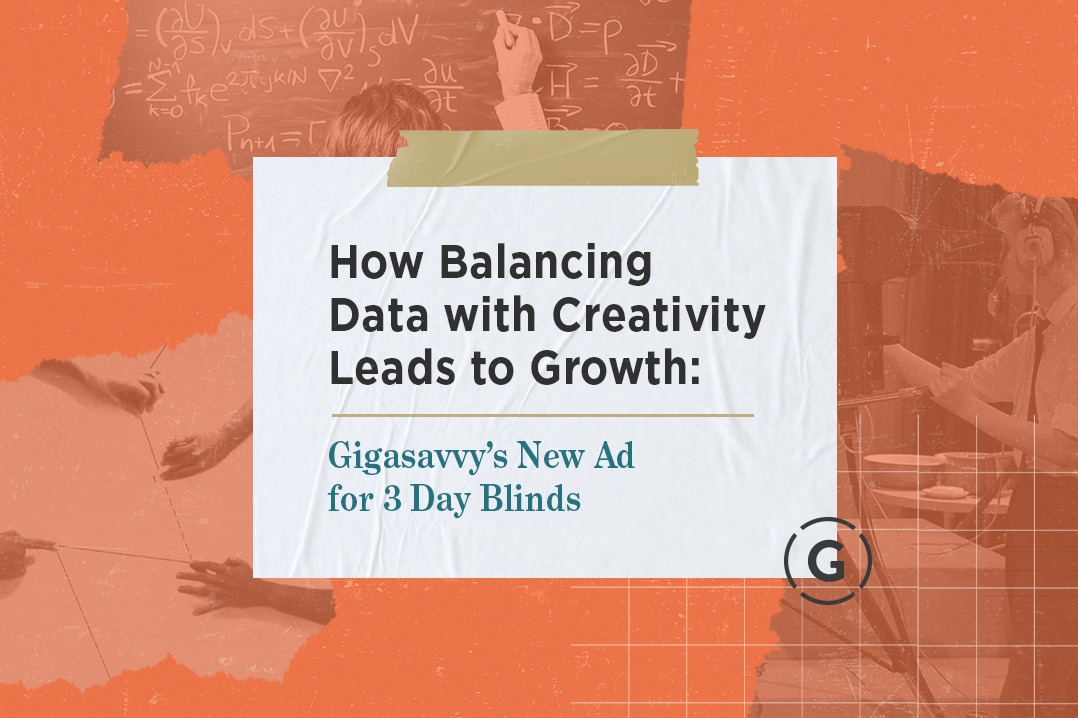Market research is seeing a renewed boom. In the age of heightened consumer privacy pressures and quickly changing market dynamics, marketers and advertisers are looking for information in new – or sometimes old – ways.
For a long time, we relied on digital databases to provide us access to more data than we knew what to do with. But there are two problems with that reliance. On the one hand, the big data dumps are more than most marketers can handle. Without a dedicated analyst to make sense of the numbers, that data is as good as useless.
The other issue – and arguably the bigger problem – is that the data is going away. With the California Consumer Privacy Act going into effect at the beginning of 2020, we are seeing more and more information disappear.
So how do we get the information we need to be as effective as possible? At Gigasavvy, we’re seeing a resurgence of primary market research to fill the gap.
To clarify, Primary Research is custom research you perform yourself. Not desk research, or online searches where you farm information that others have gathered, but insights that you are gathering yourself – straight from the source – using tactics like focus groups, online surveys, or one-on-one customer interviews.
However, market research can be expensive. Not to mention; translating numbers into actionable information is an art – so, depending on the research partner you choose, it can have a limited impact on your business.
Here are three types of market research that we find are always worth the money, and that can have the biggest impact on your business.
Consumer Preference Studies
A consumer preference study helps identify specific consumer trends or market segments to help inform the way you do business.
These exploratory studies can help guide everything from product strategy to audience targeting. When designed around your specific business, it can give your brand a leg up over the competition by providing you with proprietary insights that only you own.
These types of studies are incredibly valuable when launching new things. For example:
- Launching a new product and identifying market reception
- Mid-stage startups and quantifying market opportunities
- New businesses or industries testing market interest
Brand Perception Studies
Brand Perception studies help quantify the subjective value of your brand. This type of research can be incredibly valuable at the start of a brand strategy project – when you’re trying to identify the best path forward for a new or refreshed brand – or to evaluate the health of an existing brand.
Between common measurements like Net Promoter Score, awareness levels and other quantifiable KPIs, this type of study repeated at regular intervals can give you an idea of how your brand is perceived, and the impact of your marketing and branding efforts.
At their core, Brand Perception studies give you a firm foundation to build your brand. They allow you to explore the attributes consumers like about your offer, and the factors you need to improve upon.
But don’t assume these studies are just for customers – your employees are an incredibly important audience for your brand. They have to be on board with your vision in order to accurately exemplify your values to the outside world. Your employees are the literal face to the brand, and it’s just as important to understand what they think is or isn’t working.
Understanding your brand and customers’ perceptions of it can help shape messaging and marketing approaches that will truly resonate and create loyal followers for the long term.
Ad Testing
Whether you’re testing a concept or a fully fleshed-out campaign, Ad Testing is a great way to get both qualitative and quantitative feedback on a creative concept.
Ad Testing can be the trickiest kind of market research. Consumers – who are not professional marketers – often don’t know what to look for when responding to ads. And, when being paid for their time (like in a focus group situation), they feel obligated to give opinions that they may or may not feel strongly about.
Ad Testing needs to be done carefully and consciously, keeping the line of questioning to subjects that the consumer has direct knowledge of, and topics directly pertaining to your advertising goals.
We use Ad Testing in a variety of ways to inform our creative decisions. In a recent case, we tested two partially-developed commercial concepts to help determine which one would be most effective with our target audience. The up-front research focused our efforts on a single ad that consumers told us would be most effective, rather than going through the time and budget of A/B testing two high-production-value ads.
In another case, we used Ad Testing to measure brand perceptions of a client, both before and after viewing an ad. (Spoiler: Our ads raised the client’s Net Promoter Score by over 30 points!)
A side note on A/B testing; It’s only as effective as the quality of work being tested. If you’re comparing two underwhelming concepts against each other, the final outcome will still be mediocre regardless of which campaign scores higher.
The Real Test
Regardless of the kind of market research you’re considering, make sure you’re clear on your objectives, and the questions you’re trying to answer. With a pointed focus on your end goals, you’re sure to find the right insights to propel your business and marketing strategy to create a true competitive advantage.



